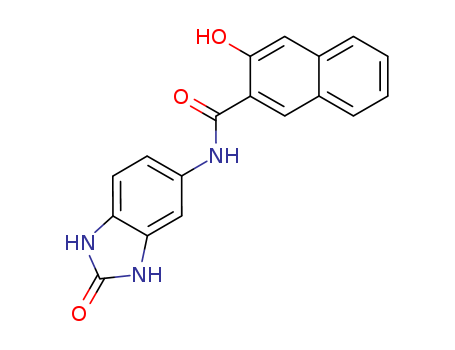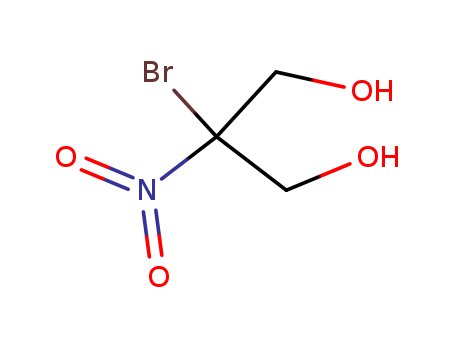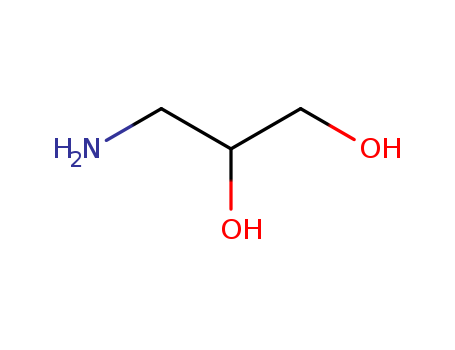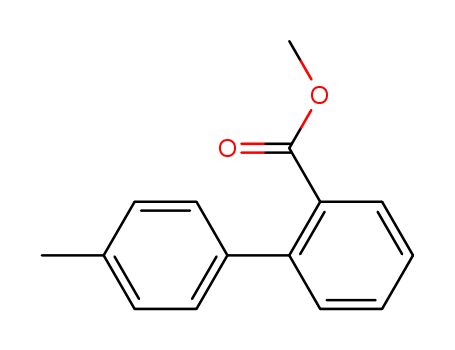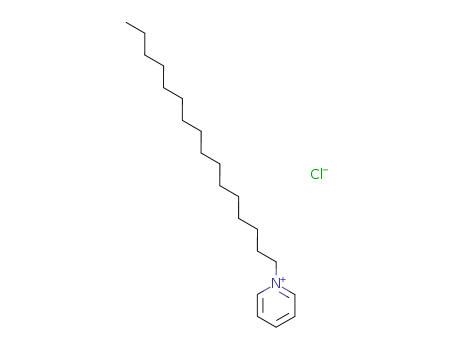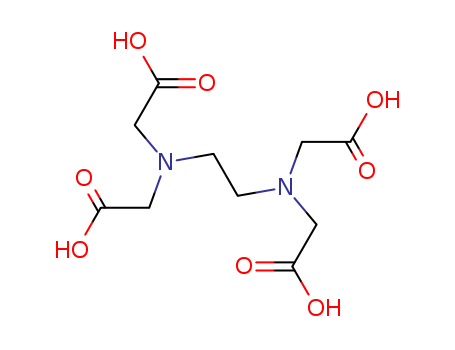
60-00-4
- Product Name:Ethylenediaminetetraacetic Acid
- Molecular Formula:C10H16N2O8
- Purity:99%
- Molecular Weight:292.246
Product Details;
CasNo: 60-00-4
Molecular Formula: C10H16N2O8
Appearance: white crystals or powder
Top Quality Chinese Manufacturer supply 60-00-4 Ethylenediaminetetraacetic Acid
- Molecular Formula:C10H16N2O8
- Molecular Weight:292.246
- Appearance/Colour:white crystals or powder
- Vapor Pressure:0mmHg at 25°C
- Melting Point:250 °C (dec.)(lit.)
- Refractive Index:n20/D 1.363
- Boiling Point:614.2 °C at 760 mmHg
- Flash Point:325.2 °C
- PSA:155.68000
- Density:1.566 g/cm3
- LogP:-2.07120
EDTA(Cas 60-00-4) Usage
|
Chemical Description |
EDTA is a chelating agent used to sequester metal ions. |
|
Medical Use and Chelating Properties |
Edetic Acid (EDTA) is utilized as a medication for managing and treating heavy metal toxicity. It belongs to the chelating class of drugs and is effective in binding heavy metals, aiding in their removal from the body. |
|
Application in Psoriasis Treatment |
EDTA has been studied for over 60 years in the context of psoriasis treatment. As a metal-chelating agent, it has shown promise in managing symptoms and understanding the condition better. It helps in reducing non-specific serum protein interactions in enzyme immunoassays and is utilized in immunoanalysis to detect specific cells, such as CD3 cells. |
|
Enzyme Analysis and Genetic Studies |
EDTA plays a crucial role in analyzing enzymes involved in biochemical pathways related to psoriasis. It stabilizes enzymes extracted from psoriatic lesions, allowing for detailed enzymatic analysis. Additionally, EDTA blood samples have been used for genotyping studies to understand genetic correlations in psoriatic patients. |
|
Antioxidant Properties |
Some researchers have explored the antioxidant properties of EDTA in combating psoriasis. This aspect adds to the multifaceted approach in utilizing EDTA for psoriasis management. |
|
Controversy in Regenerative Endodontic Procedures (REPs) |
The effects of EDTA on regenerative endodontic procedures are controversial. While EDTA aids in releasing growth factors from dentine, some studies show negative effects on cell behavior. However, the complementary use of EDTA may help reduce endotoxins in contaminated root canals and promote the exposure of bioactive molecules essential for pulp-dentine complex regeneration. |
InChI:InChI=1/C10H16N2O8/c11-9(1-5(13)14,2-6(15)16)10(12,3-7(17)18)4-8(19)20/h1-4,11-12H2,(H,13,14)(H,15,16)(H,17,18)(H,19,20)
60-00-4 Relevant articles
-
Anderson,Gaunt
, p. 190 (1960)
-
MAKING ETHYLENEDIAMINETETRAACETIC ACID
-
Paragraph 0047-0064, (2020/12/30)
Provided is a method of making ethylened...
A high and constant hydration of the nuclear magnetic resonance imaging contrast agent and its preparation method
-
Paragraph 0065, (2018/03/01)
The invention relates to a nuclear magne...
Ethylenediamin four process for the production of acetic acid
-
Paragraph 0040-0042, (2017/01/23)
The invention relates to a production te...
Extraction buffer and method for isolating high-quality RNA from cells exposed to metal chloride solutions and clay mineral suspensions
-
, (2015/12/17)
An RNA extraction buffer, an RNA extract...
60-00-4 Process route

-

- 60-00-4,94108-75-5
ethylenediaminetetraacetic acid

-

- 59-30-3
folate
| Conditions | Yield |
|---|---|
|
|
|
|
|
-

- 107-06-2,52399-93-6
1,2-dichloro-ethane

-

- 142-73-4
iminodiacetic acid

-

- 60-00-4,94108-75-5
ethylenediaminetetraacetic acid
| Conditions | Yield |
|---|---|
|
1,2-dichloro-ethane; iminodiacetic acid; With sodium hydrogencarbonate; In toluene; at 80 - 90 ℃; for 10.5h;
With sodium hydroxide; In water; at 70 - 80 ℃; for 8.5h; Reflux;
|
95.29% |
|
With 1,4-dioxane; alkali carbonate; at 80 - 125 ℃;
|
|
|
With alkali carbonate; water; at 80 - 125 ℃;
|
60-00-4 Upstream products
-
50-00-0

formaldehyd
-
74-90-8

hydrogen cyanide
-
107-15-3

ethylenediamine
-
143-33-9
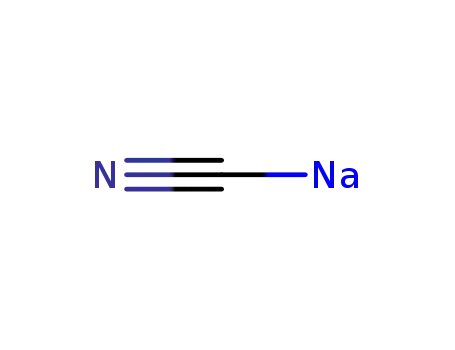
sodium cyanide
60-00-4 Downstream products
-
119531-02-1

N,N,N',N'-Tetrakis(cyclohexyl acetate)ethylenediamine
-
22414-25-1

ethanediyldiimino-tetra-acetic acid tetrapropyl ester
-
3626-00-4

ethylenediaminetetraacetic acid tetraethyl ester
-
50-00-0

formaldehyd
Relevant Products
-
5-(2′-Hydroxy-3′-Naphthamide)-2-Benzimidazolone
CAS:26848-40-8
-
4'-Methylbiphenyl-2-Carboxylic Acid Methyl Ester
CAS:114772-34-8
-
Cetylpyridinium chloride
CAS:123-03-5

